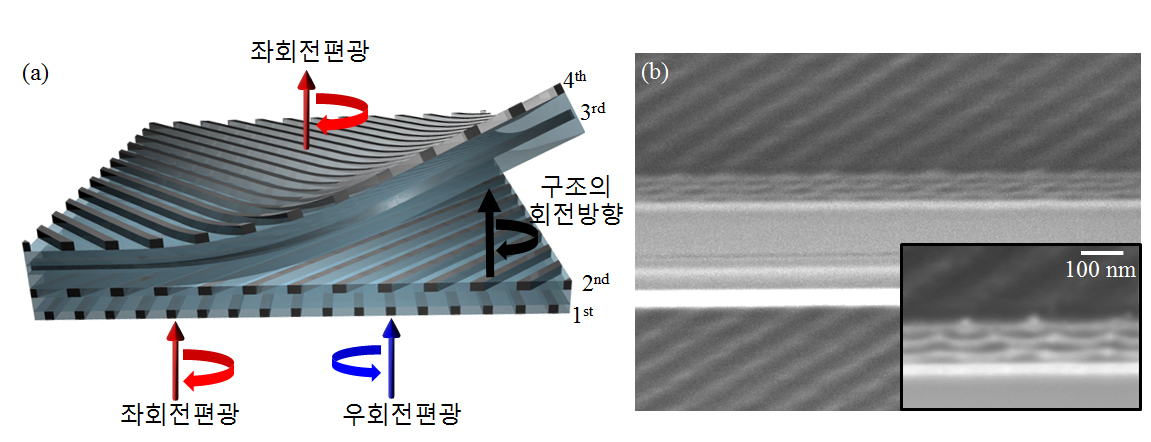- About
- Academics
-
Undergraduate Programs
- Civil and Environmental Engineering
- Architecture and Architectural Engineering
- Mechanical Engineering
- Industrial Engineering
- Energy Resources Engineering
- Nuclear Engineering
- Materials Science and Engineering
- Electrical and Computer Engineering
- Naval Architecture and Ocean Engineering
- Computer Science and Engineering
- Aerospace Engineering
- Chemical and Biological Engineering
-
Graduate Programs
- Civil and Environmental Engineering
- Architecture and Architectural Engineering
- Mechanical Engineering
- Industrial Engineering
- Energy Systems Engineering
- Materials Science and Engineering
- Electrical and Computer Engineering
- Naval Architecture and Ocean Engineering
- Computer Science and Engineering
- Chemical and Biological Engineering
- Aerospace Engineering
- Interdisciplinary Program in Technology, Management, Economics and Policy
- Interdisciplinary Program in Urban Design
- Interdisciplinary Program in Bioengineering
- Interdisciplinary Program in Artificial Intelligence
- Interdisciplinary Program in Intelligent Space and Aerospace Systems
- Chemical Convergence for Energy and Environment Major
- Multiscale Mechanics Design Major
- Hybrid Materials Major
- Double Major Program
- Open Programs
-
Undergraduate Programs
- Research
- Campus Life
- Communication
- Prospective Students
- International Office
SNU Professor Lee Byung-Ho’s research team developed broadband circularly polarizing light filter, thinner than a hair
-
Uploaded by
관리자
-
Upload Date
2018.01.12
-
Views
955
SNU Professor Lee Byung-Ho’s research team developed broadband circularly polarizing light filter, thinner than a hair
- Ultra-thin filter polarizing visible range light … microminiaturization of optics expected
▲ SNU Department of Electrical and Computer Engineering Professor Lee Byung-Ho
On 14th this month, SNU College of engineering (Dean Lee Kun-woo) announced that research team of SNU Department of Electrical and Computer Engineering Professor Lee Byung-Ho has developed a few hundreds nanometer thin ‘Ultra-thin circularly polarizing light filter’ that can regulate the polarization of all visible-range light. It is about 1/250 of an adult hair thickness.
Light is spread out, with its electric field and magnetic field vibrating vertically to its direction of progress, and circularly polarized light is the light which its electric and magnetic field rotate. The rotating direction determines right-circular and left-circular polarized light.
Circularly polarizing light filter is a device which lets only one type of circularly polarized light to pass, and is widely used in applied optical systems like 3D-glasses and displays. However, thick material that functions only in a narrow wavelength range had to be used to make filters, which makes it difficult to be applied in next-generation displays like flexible-wearable display.
The research team used a meta-material, which creates naturally non-existing properties of a material by arranging nano-structures smaller than the light’s wavelength, to expand the functioning range of previously used filters.
The new circularly polarizing light filter is developed by stacking aluminum grid structure as thin as tens of nanometers in spiral form (diagram 1). When the rotational directions of the grid structure and circularly polarized light is same, the light is transparent, while the opposite directional light will be detected by a reflector. Moreover, since it uses non-resonant property of the grid structure, it can function in all visible light range.
This technology is expected to enable the microminiaturization of various optical systems, as it can reduce the thickness of the filter from hundreds of micrometers ~ several centimeters to hundreds of nanometers, and is made of materials and structures easy for mass production.
This research was published in the journal ‘Optics Express’, and ‘Nature Photonics’, the top journal in optics, has chosen this research as the ‘Research Highlight’ in the August issue, noticing its importance.

▲ Diagram 1. (a) Schematic diagram of a ultra-thin broadband circularly polarizing light filter, which multi-level nano grid structures are stacked in spiral form
(b) SEM image and Magnified image of cross section of circularly polarizing light filter